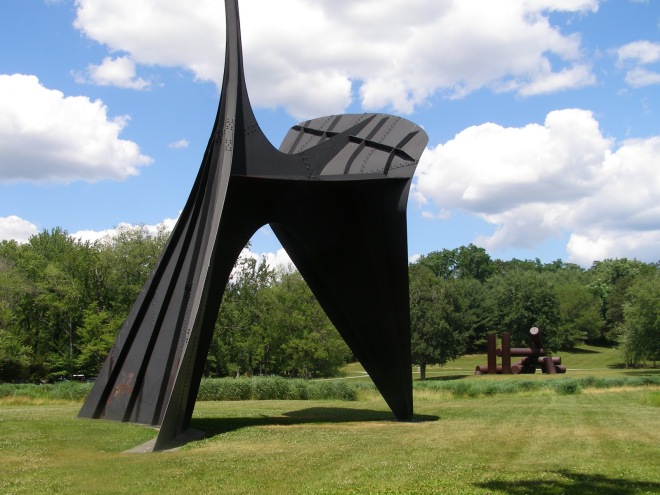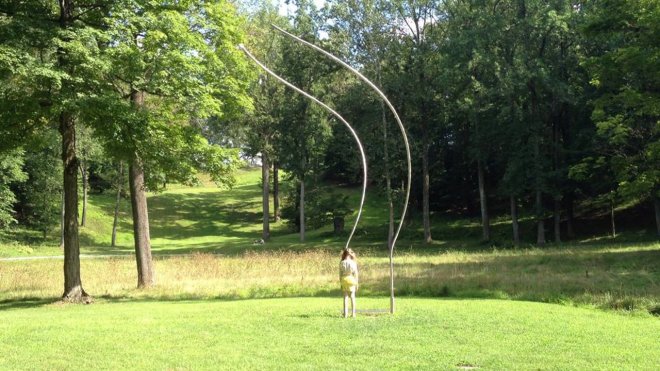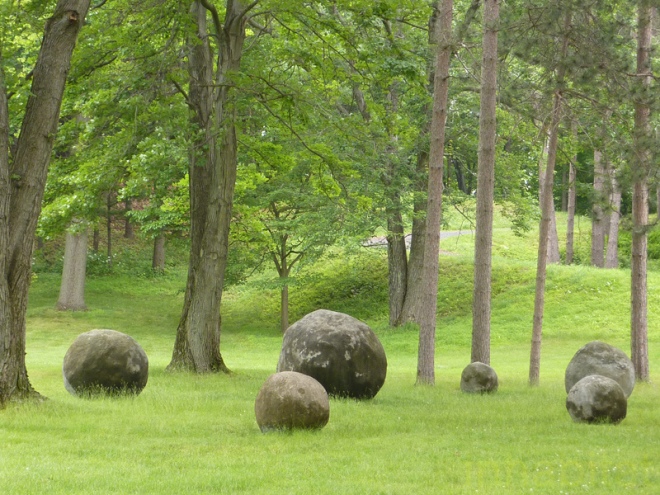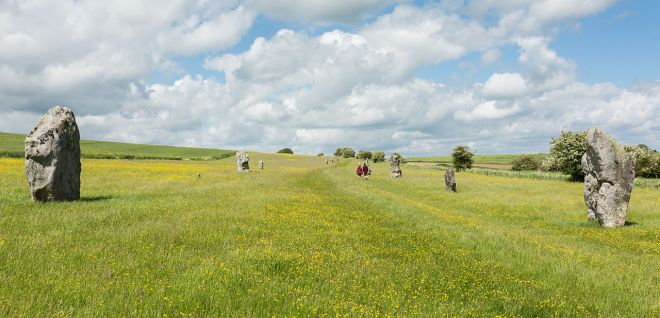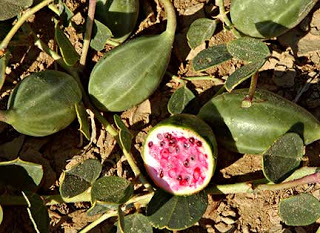Beijing, 28 June 2014
The first time my wife and I went to North Korea, we were given the royal treatment – well, not royal since we were in a Socialist paradise, but out of the ordinary. We were taken to the place where the Great Leader Kim Il-sung was born. We were taken to the national museum which showed Korea’s glorious history from the earliest times up to the defining moment when the Great Leader (and his family) took over. And we were taken to the International Friendship Exhibition Hall outside of Pyongyang.
The point of this massive building was to show the people of North Korea, and ignorant visitors like ourselves, that contrary to what the cynical capitalists might say about the Great Leader being a political pariah he was actually very much loved by peoples from all over the world. As testimony to this blindingly obvious fact, the building housed the tens of thousands, maybe hundreds of thousands, of gifts which he had received during his reign, from the mightiest of mighty personalities (heads of state and suchlike) to the lowliest of the lowly (a local communist youth league from some benighted country, for instance). These are all lovingly laid out in high-end display cabinets which are spread out through hundreds of rooms over seven or eight floors. Someone with a tidy frame of mind, perhaps the Great Leader himself, had neatly divided all the gifts by geographical region of provenance (Africa, Asia, and so on). When we arrived, the guide asked us what region we wanted to visit. Much to her surprise, I plumped for Africa, continent of my birth. Rather disappointed she took us there, but once we had visited that part of the collection, she beamed her approval when we said we now wanted to visit Europe, obviously where we should have been the whole time.
The whole experience was totally surreal. The place was spotlessly clean, so clean, so antiseptic, that we were required to put on shoe-covers. We were there in early November, and it was nice and warm inside the Exhibition Hall, in stark contrast to every other building in the country which we had visited, which were cold and dank – the population was expected to save on precious imported fuel. The lights were motion-sensitive, so rooms instantly lit up the moment we walked in and blacked out the moment we left them (there wasn’t a single window in the place). All of this hoopla for displaying gifts which were really very, very ordinary and in some cases in embarrassingly bad taste. If I had been given these gifts, after thanking the giver politely and waving him off at the door, I would have promptly put 99% of them in the attic for future “recycling”. We had to keep reminding ourselves that the whole point of this grotesque exercise was to show the viewer – again and again, obsessively – that the Great Leader was adored by all the peoples of the world. As a grand finale to all of this, the guide ushered us into a large room with a diorama at one end of Korea’s famous Mount Paektu and a Mme Tussauds-like wax reproduction of the Great Leader standing in front of it with a benign, grandfatherly smile on his face. As we walked in, piped concert music swelled to a crescendo and the North Koreans who were with us bowed deeply (we stood there, not knowing quite what to do, shifting from foot to foot, rather like atheists in a church).
Apart from the discomfort we felt at seeing all this money being poured into a project of pharaonic proportions in a country where the people are dying of hunger, we were amazed by the strangeness, not to say the bad taste, of many of the gifts. I can understand that communist youth leagues might only be able to afford a cheap ashtray as a gift, but even the high and mighty gave odd gifts. How, for instance, did Madeleine Albright, US Secretary of State, arrive at the idea of giving the Great Leader a basketball signed by Michael Jordan?
Maybe President Carter’s gift explains it all: you have no idea what to give, so you choose the most colourless thing you can think of – in his case, literally so:
Or you become so desperate trying to figure out what to give that you end up giving something completely ridiculous, like the Sandanistas of Nicaragua, who gave the Great Leader a grinning alligator standing up, holding out a wooden tray of cocktail glasses.
The strange world of official gift-giving …
I was reminded of all this last weekend, when my wife and I visited China’s National Museum on Tiananmen Square. We actually went there to see if we could buy a copy of one of the Tang-era porcelain horses, to complement the copy of a Tang-era camel which we had purchased there a few years ago. Alas! The only one on sale was far too big for our modest dwelling. Disconsolate, we went around seeing what was new. Which brought us to a new exhibition of the official gifts received over the years by China’s Greats: Mao Zedong, Zhou Enlai, Deng Xiaoping, the recent Presidents and Prime Ministers, and other luminaries whose names meant nothing to me. The same general bad taste which assailed us in North Korea prevailed, although it wasn’t quite as bad as in the International Friendship Exhibition Hall. Either the cheap ashtrays had been quietly and sensibly “recycled” or people were more eager to be friends with China than with North Korea and were more careful about the gifts they made. Or both. But it still amazed us how much bad taste leaders of the world exhibit. I have to put it down to gift choosing being a decision made by a government committee somewhere, and we all know that government committee decisions lead to the Least Common Denominator, and the Great Person not having the time to check the gifts before he or she packs the bags, kisses the partner on the cheek, hugs the kids, pats the pet, and heads for the airport for the next official visit.
Luckily, though, in all this morass of dubious taste a few pieces stood out, pieces which we wouldn’t have minded keeping rather than storing in the attic for “recycling” etc. I note these here for posterity with photos taken with my iPhone.
In general, I feel that the Canadians did better than everyone else in their choice of gifts. Here is the one that Pierre Trudeau gave Zhou Enlai, a beautiful Native Indian double mask, from the style I would guess from the Pacific coast
while here is a small but lovely sculpture, also given by Pierre Trudeau but this time to Zhu De, of a seal carved in bone
This piece was given by Governor-General Romeo LeBlanc to Jiang Zemin, a beautiful carving in jade stone of what appears to be a merman dancing.
Keeping to the regional focus used in North Korea (the exhibition had the pieces laid out temporally), we can continue with North America, where the only other piece worthy of mention actually came from the same part of the world as the previous two, Alaska. It is a gift from that State’s Government to Deng Xiaoping, of an Inuit ice fishing, made of walrus bone
There was nothing else of note from the rest of the USA, or from Central America, so we can fly over to South America to land in Bolivia, where President Jaime Paz Zamora gave Yang Shangkun this lovely silver mask
and then to Brazil, where President Jao Baptista de Oliveira Figueiredo gave Deng Xiaoping this delicate gift of a silver crane with crystal feathers
(another Brazilian tried the same style some years later, but the result was not nearly as noteworthy)
After which I propose to fly over to Africa, which gave some of the best – but also many of the worst – gifts. Here are the best:
– a silver warrior riding his camel, from Niger, given by Head of State Seyni Kountche to Deng Xiaoping
– somewhat in the same style but on a grander scale, a brass horse and rider from Cameroon, given by President Ahmadou Ahidjo to Zhou Enlai
– a plate from the Republic of Congo, given by President Alphonse Massamba-Debat to Mao Zedong
– bust from Gabon, given by President El Hadj Omar Bongo Ondimba to Jiang Zemin
– and finally a gift from North Africa, a painting from Tunisia, given by Prime Minister Hedi Nouira to Zhou Enlai
Tunisia is close to Europe, so why not do a hop, skip and a jump north over the Mediterranean. There was precious little that was nice from there, though. The best was this glass bird, a curlew, from Finland, a gift from Prime Minister Matti Vanhani to Wen Jiaobao
(there was another Finnish gift in the same style, but unfortunately the photo came out blurred so I haven’t added it; the Swedes, by the way, also gave a gift in glass, of fish in this case, but of appalling taste)
The Belgians, through the good office of King Baudoin, made a gift to Deng Xiaoping of a small but beautiful statue of a sitting horse
while from Portugal came this gift from Prime Minister Jose Socrates to Hu Jintao of a silver plate with a lovely azulejo-inset of a boat in full sail
Which leaves Asia, from where there was even less than Europe. The best was this silver bowl with a glass liner of a lustrous blue, from Vietnam, a gift from the Government to Liu Shaoqi.
And that was it, as far as we were concerned. Really sad to see how little taste our Great Leaders have.
By the way, readers might be interested to know that, not to be outdone by his father, the Supreme Leader Kim Jong-il also built himself a hall, next to his father’s, to house his collection of rubbish … I mean, gifts. Luckily, we didn’t have to visit that one. No doubt Kim Jong-un, the current Supreme leader of North Korea, is currently hard at work with a team of architects designing his hall. Meanwhile, his people die of starvation and neglect.
______________
International Friendship Exhibition Hall: http://www.bestinsighttours.com/UpLoadFile/2013011818361673499.jpg [in http://www.bestinsighttours.com/ProductsView.Asp?id=44%5D
Kim present-basketball: http://i2.cdn.turner.com/cnn/dam/assets/130806190158-secretary-of-state-basketball2-horizontal-gallery.jpg [in http://www.cnn.com/2013/08/06/travel/north-korea-kim-gifts/%5D
Kim present-glass bowl: http://i2.cdn.turner.com/cnn/dam/assets/130806190133-jimmy-carter-gift2-horizontal-gallery.jpg [in http://www.cnn.com/2013/08/06/travel/north-korea-kim-gifts/%5D
Kim present-alligator: http://comtourist.com/images/large/north-korea-04/mt-myohyang-int-friendship-exhibition-04.jpg [in http://comtourist.com/mt-myongyang%5D
all other photos: mine




















































